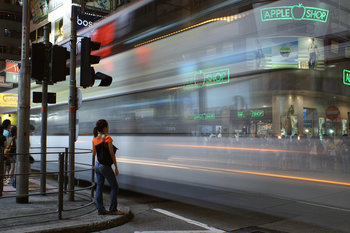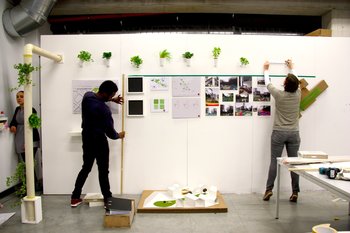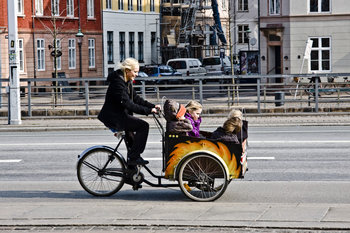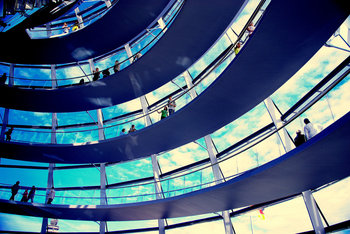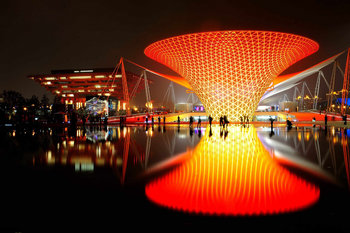
Safety
Self-destruct mechanisms can be used as a safety feature. For example, rocket boosters may be equipped with a self-destruct mechanism so that they can be destroyed when they malfunction to prevent them from going too far in an out-of-control manner.Data Security
Devices may be designed to wipe data under certain circumstances as a data security measure.Example
A self-destruct mechanism was deployed shortly after the Space Shuttle Challenger disaster on January 28, 1986. Two solid rocket boosters were self-destructed simultaneously 37 seconds after the initial explosion as they spiraled back towards the ground. This was triggered by the Range Safety Officer who determined the rockets were a threat to people on the ground.| Overview: Self-Destruct Mechanism | ||
Type | Safety by Design | |
Definition | A feature that allows a machine or device to destroy itself under certain circumstances. | |
Value | Preventing out of control equipment from hurting people.Security resources such as data from authorized use. | |
Related Concepts | Safety By DesignInformation SecurityData SecurityData WipeHalt and Catch Fire | |


